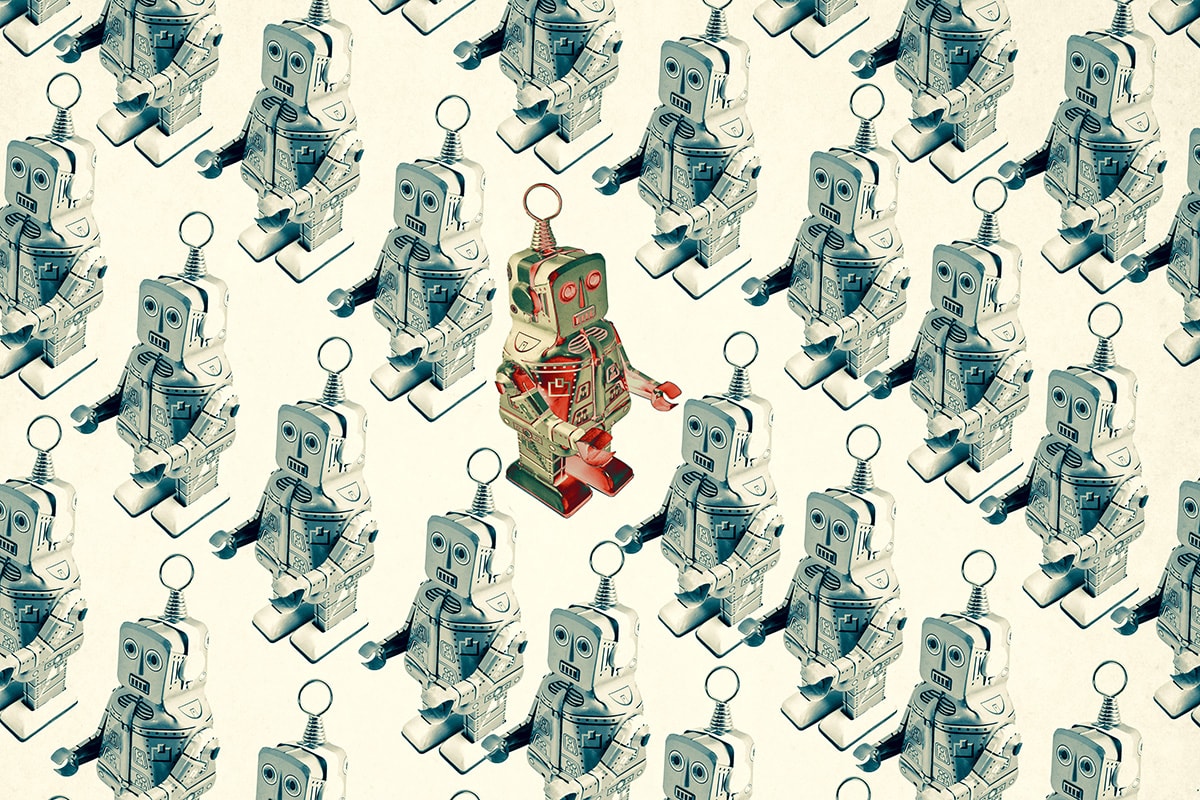Automated email personalization might do wonders for your engagement numbers, but that doesn’t mean it’s right for every brand and every situation.
Abuse of data personalization presents real danger: Cambridge Analytica’s unethical use of data during the 2016 election took advantage of social media algorithms to … well, we all know how that turned out.
In some ways, automated email personalization can be more problematic, depending on the nature of the information curated. On social media channels, there’s still some chance that people with differing perspectives will weigh in via the comments — but there’s no such counterbalance in your inbox. As people increasingly rely on brand content for industry insights and news, this creates some real ethical dilemmas for email marketers as we balance automation and human curation.
I tossed this issue out in a panel discussion I recently moderated on the blurred lines between marketing and journalism as part of Curated’s Newsletter Fest. Here are a few highlights from our discussion.
Creating an Echo Chamber
Automated email personalization makes it easy for marketers to give people more of what they’ve wanted in the past, but it can also limit the possibilities of exposure to new ideas. “If you always give people things that you think they’ll like, then you’re not opening up their world at all,” said Sarah Ebner, head of newsletters at London’s Financial Times. And if your readers are only receiving content based on their interests, they’ve probably already read a lot of the stories that a personalized email will highlight.
This is where the judgment of a human editor combined with the insights generated by AI can be particularly powerful — and produce a better newsletter than either option on its own. Perhaps 80% of the content is shaped by the algorithm, with a human editor retaining control over the featured story and art. While also saving your readers from endless cute cat pics. (Yes, even when they don’t actually want to be saved.)
Can Too Much Segmentation Lead to Stagnation?
Your readers’ careers and interests evolve, but if you have them pigeonholed into narrow segments in your email marketing, you may lose their interest over time.
Remember that real people are on the other end of that subscription, and real people lead dynamic lives. “I don’t want to assume a year or two down the road that this same person is definitely doing [the same thing] because that’s not the case,” said Chris Kaundart, a product marketing manager at Atlassian with deep experience in email marketing. “People change all the time.”
Over-reliance on automated email personalization can also lead to over-simplifying complex individuals based on a few data points. “Based off of one data point of, ‘This was opened, let’s customize it,’ it’s not the whole story,” said Rani Shah, brand marketing manager at Trello. “It’s really getting to know your audience from a holistic perspective and not just one area of their life.”
A Missed Opportunity to Create Value
Investing time in active content curation for email can have big payoffs in developing your relationship with your readers.
It’s where your content value proposition comes to life.
“Going back to what our content value prop is, we’re providing that curation,” said Jenny Rothenberg of her time as director of growth at Morning Brew. “We’re telling you what you need to know [and] you should feel a sense of accomplishment when you finish the newsletter.”
When people subscribe to your emails, you’re making a promise to them. Consider the landing page for Hung Lee’s Recruiting Brainfood, for instance: It promises to deliver the “best manually curated recruiting content” — and that’s precisely what it does. People subscribe because they know Hung thought those stories were important.
I’m not saying you should never use automated email personalization. Indeed, it’s a massive time saver that also allows you to get closer to your customer. And I do love a good predictive send program that automates delivery times based on individual email habits.
Just don’t let go of the wheel altogether — human curation is still valuable, even in an increasingly automated world.






